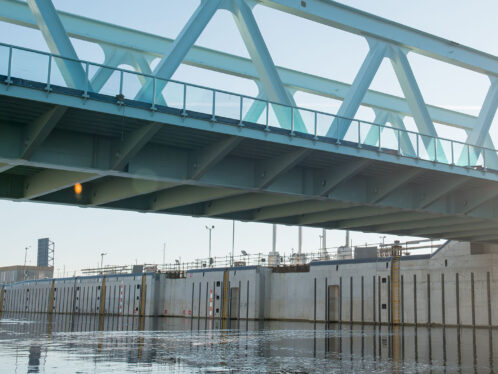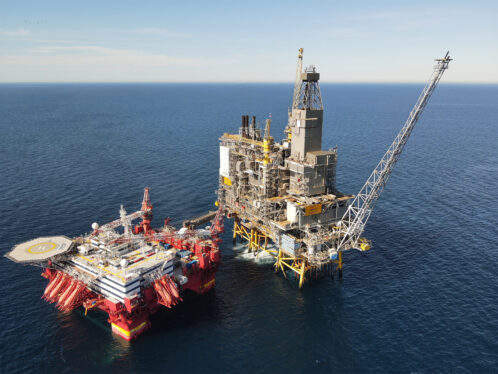
Grounded sonic boom
Man, machine and hybrid bearings roared past a historic milestone when the British ThrustSSC and driver Andy Green set the first supersonic land speed record in mid-October 1997. Fifty years after the legendary American flyer Chuck Yeager broke the sound barrier in the air, the jet-powered ThrustSSC recorded four sonic booms in two days, sending shock waves across the Black Rock Desert in Nevada.
Man, machine and hybrid bearings roared past a historic milestone when the British ThrustSSC and driver Andy Green set the first supersonic land speed record in mid-October 1997. Fifty years after the legendary American flyer Chuck Yeager broke the sound barrier in the air, the jet-powered ThrustSSC recorded four sonic booms in two days, sending shock waves across the Black Rock Desert in Nevada.
The event took place October 13, when Green, an RAF fighter pilot, sped across the desert at 764 mph (1,222 km/h), breaking the sound barrier with a distinct boom. Sixty-one minutes later he did it again, but missed setting an official record. Rules stipulated by the international automobile federation FIA require two runs in opposite directions with only one hour between them.
Two days later, Green and the twin Rolls-Royce jet engines were ready for a second try. This time the vehicle broke the sound barrier with only 30 minutes between the booms.
“This will be one of the greatest records ever,” said Richard Noble, leader of the ThrustSSC team who devoted six years to the project.
ThrustSSC and Green share the accolades with application engineers from SKF. The engineers have spent the past two and a half years in close collaboration with Noble’s team, designing and testing the bearing arrangements of the 10.4-tonne vehicle.
SKF supplied hybrid high precision angular contact ball bearings 7212 CDGA/HCP4A to all four wheels – a total of 12 bearings in each set. In addition, 94 SKF bearings from 12 product groups were used in other parts of the car. In the hybrid bearing, the inner and outer rings are made of extremely pure bearing steel and the balls are made of ceramic material. This results in very low friction, stress and heat generation.




